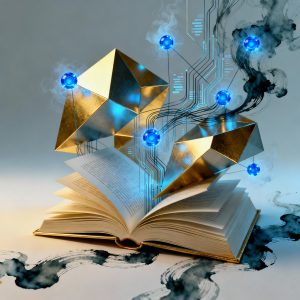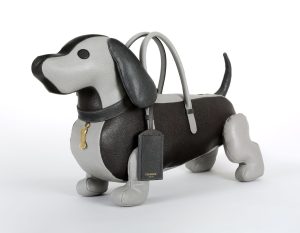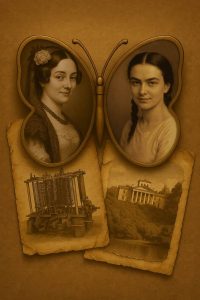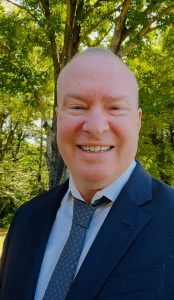Hands, music, life: an integrated approach to creative health
This is a guest post by Pedro de Alcantara, author of Hands, Wrists, Fingers
My first clear memory of music is hearing my mother play a few sonatas by Domenico Scarlatti at the upright piano in our modest living room. I was five or six, and I remember walking and marching excitedly in response to Scarlatti’s incredible compositions. Let’s say that my discovery of music was physical, expressed in irrepressible locomotion.
Did I approach the piano as a child and play a few tentative notes with untrained and unskilled fingers? Truth be told, I don’t remember it. But it’s so likely, so logical, so organic that I’ll affirm that, yes, I often rushed to the piano and made the sounds of not-yet-music. Much, much later, I’d make a disciplined approach to the piano and develop a paradigmatic method: Creative Health for Pianists, published by Oxford University Press in 2023.
But first I’d have to grow up. I was eight when I attended a little music school not far from my home. I played the recorder and the toy marimba, and I learned the basics of the treble clef. And, wow! Hands, fingers, breath, sound and the language of music began to intertwine. The mechanical behaviour of hands and fingers is never separate from the music that we play and the stories that we tell ourselves about music.
I started taking regular recorder lessons. Over the next seven years, I played the soprano, alto, tenor and bass recorders, developing my manual adaptability to these different instruments and the sensitivity and intelligence of my fingers. And I delved into the music of the Renaissance, of the Baroque and of the twentieth century – for instance, the Trio for recorders by Paul Hindemith (1932), which I learned and performed with my budding recorder trio. Hands and fingers, inseparable from the language of music and from exploration and discovery. Fingers of Hindemith aren’t identical to fingers of Vivaldi. I probably mean this symbolically rather than literally, but the symbolic dimension has a big role to play in our lives.
After the recorder, there came the cello – a whole other world, not only for my ears but also for my hands and fingers. The cello took over from the recorder, which I put aside when I was about 15. But 45 years later, my youthful experiences as a recorder player helped me explore and master a bass Amerindian flute, a sort of cousin of the recorder. In Hands, Wrists, Fingers, I share my conviction about archetypes – for instance, the idea that every flute-like instrument in the world is descended from Flute, a sort of infinite potentiality. It’s useful to consider that your instrument comes from a vast family of siblings, cousins, twice-removed cousins and all sorts of relatives. This helps you get along with your family and gives you a lot of musical, creative and technical flexibility. Play all the cousins!
Over the decades, I learned to play two different cellos: the mainstream classical-music cello of the canonic repertory (Bach, Beethoven, Debussy and their peers) and the ‘other cello’ of unorthodox tunings, extended techniques and hypnotising theatricality in which I employ my own compositions and improvisations. To me, it’s clear that the hands, wrists and fingers of mainstream and those of the divergent path aren’t the same. It’s good to speak many types of musical language, so that your hands, wrists and fingers become adaptable polyglots. I’ll take my argument a step further and say that if your hands are hurting when you play Beethoven, you may possibly need to learn another musical language to give your hands a change of pace or a change of mind. Let your hands forget Beethoven temporarily so that they forget their pain. Once the pain is forgotten, choose whether you’d like to revisit Beethoven.
Playing music in a certain way risks hurting your hands. Playing music in a different way might help you heal your hands. Let me encapsulate my beliefs as expounded in Hands, Wrists, Fingers: Creative Health for Musicians.
Your hands make music, and music makes your hands.
Latest Posts

Talk of the town: monthly publishing industry news digest
The academic publishing industry is undergoing significant transformations, influenced by technological advancements, geopolitical shift and evolving cultural dynamics. In this article, we delve into recent developments that are shaping the...

The paradox of Thom Browne: how one designer redefined the suit for the 21st century
This is a guest post by Benjamin Wild, author of Thom Browne In just over twenty years, Thom Browne has achieved something remarkable: he has made the grey suit revolutionary....

Ada, meet Ada: bridging the two cultures
This is a guest post by Mark Seligman, author of AI and Ada: Artificial Translation and Creation of Literature Artificial intelligence has suddenly become real – or has it? To...

The Amendments to the Constitution, a pathway to the American experience
This is an interview with Blaine Kaltman, author of Perfecting the U.S. Constitution: 27 and Counting, The Amendments that Shaped America’s Future Q. What made you decide to write a...

